MEP Design Solutions for Florida Data Centers
Cooling and Power Distribution Challenges
Florida’s hot and humid climate presents unique challenges for data centers. Efficient Mechanical, Electrical, and Plumbing (MEP) design is essential for maintaining performance, reliability, and energy efficiency.
The increasing demand for digital services and high-density computing adds further strain. Cooling systems must counter extreme temperatures, while power distribution networks must handle high loads and potential weather-related disruptions.
This blog explores:
- Advanced cooling technologies tailored for Florida’s climate.
- Energy-efficient systems that enhance sustainability.
- Strategic power distribution to prevent downtime.
By applying these best practices, data centers can boost efficiency, lower costs, and ensure resilience in Florida’s demanding environment.
Understanding Florida’s Climate and Its Impact on Data Centers
Florida’s high temperatures and humidity create tough conditions for data centers. Summer temperatures often exceed 90°F, increasing the risk of equipment overheating.
- Without efficient cooling, servers can overheat, leading to failures and costly downtime.
- Severe weather events, including hurricanes and tropical storms, also pose threats.
- Power outages are common, making uninterruptible power supplies (UPS) and backup generators essential for reliability.
By understanding these climate challenges, data center operators can implement proactive solutions to safeguard operations and ensure uptime.
The Importance of Effective Cooling Solutions
Florida’s relentless heat makes cooling a top priority for data centers. Without proper systems, high server densities generate excess heat, leading to failures and inefficiencies.
Key Cooling Strategies:
✔ Precision cooling directs airflow to critical areas, reducing energy waste. ✔ Liquid cooling absorbs heat efficiently, lowering air conditioning needs. ✔ Hot aisle/cold aisle containment prevents heat buildup and improves airflow.
Sustainability is also key. By optimizing cooling efficiency, data centers can cut energy costs and reduce their carbon footprint.
Key Factors in Power Distribution for Data Centers
Reliable power distribution is crucial to keep data centers running without interruptions. Florida’s storms and high energy demands require robust electrical infrastructure.
Critical Power Distribution Factors:
Forecasting peak loads ensures power systems can handle future growth.
N+1 and 2N power architectures prevent outages.
UPS and backup generators safeguard against Florida’s frequent storms.
High-efficiency transformers reduce energy loss and cooling requirements.
Meeting NEC (National Electrical Code) and NEMA standards ensures safety and reliability.
Power systems must support cooling loads without excessive energy consumption.
By focusing on these factors, data centers can improve uptime, energy efficiency, and long-term reliability.
Analyzing Heat Loads and Cooling Requirements
Understanding heat loads is crucial for designing effective cooling solutions in Florida’s extreme climate.
Key Steps in Heat Load Analysis:
✔ Measure server heat output and account for additional sources like lighting and personnel. ✔ Optimize airflow with containment strategies to reduce cooling demands. ✔ Use liquid cooling or evaporative cooling to enhance efficiency.
With a thorough heat load assessment, data centers can implement cooling solutions that improve performance, reduce costs, and support sustainability.
Conclusion: Building Resilient Data Centers in Florida
As Florida’s data center market grows, MEP design must evolve to address cooling and power challenges.
By adopting advanced cooling strategies, efficient power management, and sustainable practices, operators can increase performance, reduce costs, and ensure reliability in Florida’s demanding climate.
Investing in innovative MEP design today ensures long-term success and resilience. Stay ahead by implementing cutting-edge solutions that keep data centers running smoothly—even in the face of extreme heat and storms.
learn more: https://des.wa.gov/sites/default/files/2023-12/2024-420-CEG.pdf
Visit: https://gdiengdesign.com/gdiengdesign-mep/

















































